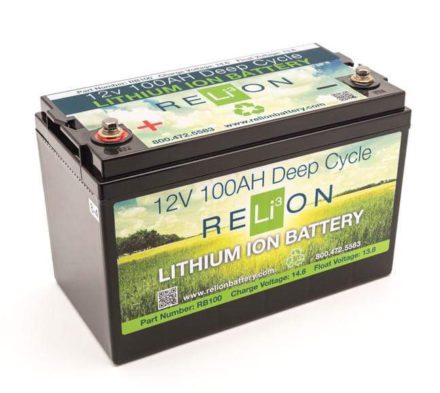Understanding the Categories of Lithium Ion Power Sources
Lithium-ion cells have grown an essential part of our daily lives, powering various devices from mobile phones and laptops to electric vehicles and alternative energy systems. As technology advances, the demand for effective and reliable energy storage solutions has led to the creation of multiple types of lithium-ion batteries, each designed to specific applications and requirements. Comprehending these varied types is crucial for consumers, engineers, and anyone interested in modern energy solutions.
In this article, we will explore the diverse landscape of rechargeable batteries. We will investigate the unique chemistries, features, and applications of each type, showcasing how they play a role to the ever-evolving technological landscape around us. By gaining 12v 200ah lithium ion battery into the distinctions among these batteries, readers will be better equipped to make informed decisions regarding their use in a range of applications and industries.
Types of Lithium-Ion Batteries
Li-ion batteries come in various types, every designed for particular uses and features. The most common types include Lithium Cobalt Oxide, Lithium Iron Phosphate, and LiMn2O4. LiCoO2 is commonly used in consumer electronics such as mobile phones and notebooks due to its elevated energy density, which enables for extended usage times before requiring a recharge. However, it can be costly and more stable compared to other types.
LiFePO4 cells are known for their heat stability and safety. They are commonly used in electric vehicles and sustainable energy applications. While they have a lower energy density than Lithium Cobalt Oxide, they provide a extended lifespan and superior thermal performance, making them ideal for high energy applications that demand consistent performance over time.
Lithium Manganese Oxide batteries provide a good balance between performance, safety, and cost. They are used in electric tools and healthcare devices, offering elevated discharge rates and stability. This form of lithium-ion battery typically has a lesser capacity than Lithium Cobalt Oxide but is considerably robust and can withstand higher temperatures, making it versatile for various uses.
Uses of Li-Ion Batteries
Lithium-ion batteries are widely used in mobile electronic devices, including smartphones, laptops, and slates. Their high energy density and light nature make them suitable for these purposes, permitting devices to continue convenient while providing extended usage times. Numerous modern gadgets utilize the efficiency and reliability of lithium-ion technology to meet consumer needs for performance and convenience.
In the car industry, lithium-ion batteries play a crucial role in electric vehicles (EVs) and hybrid vehicles. These batteries provide the required power to drive the vehicles while being more energy-efficient compared to traditional lead-acid batteries. The development of innovative lithium-ion technology has led to extended driving ranges and quicker charging times, making electric vehicles more attractive to consumers and contributing to a shift toward sustainable transportation.
Li-ion batteries are also becoming increasingly important in sustainable energy storage systems. As solar and aerogenerator energy continue to grow in popularity, the need for reliable energy storage solutions becomes essential. Lithium-ion batteries can store additional energy generated during maximum production times, allowing it to be used when production is low. This capability not only improves energy reliability but also supports the transition to a cleaner energy future.
Advantages and Limitations
Li-ion batteries are highly appreciated for their elevated energy storage capacity, which enables them to store greater energy in a reduced volume compared to other battery types. This property makes them perfect for mobile gadgets, EVs, and sustainable energy systems. Additionally, they have a comparatively low self-discharge rate, meaning they can hold their charge over prolonged periods without significant loss, contributing to their popularity and reliability.

However, there are limitations to lithium-ion batteries that require attention. One major issue is their sensitivity to fluctuations in temperature; elevated temperatures can result in overheating and potential dangers, including blazes or detonations. Moreover, they have a restricted lifespan, typically measured in charge cycles, after which their capacity diminishes. This requires careful management and usage to enhance longevity, especially in applications requiring consistent performance.
Another factor to consider is the environmental consequences associated with lithium-ion batteries. The harvesting of lithium and additional substances used in these batteries can lead to ecological damage if not conducted responsibly. Furthermore, recycling programs for lithium-ion batteries are still developing, posing difficulties in terms of waste management and sustainability. Weighing the advantages with these drawbacks is vital for their continued use and development in various technologies.